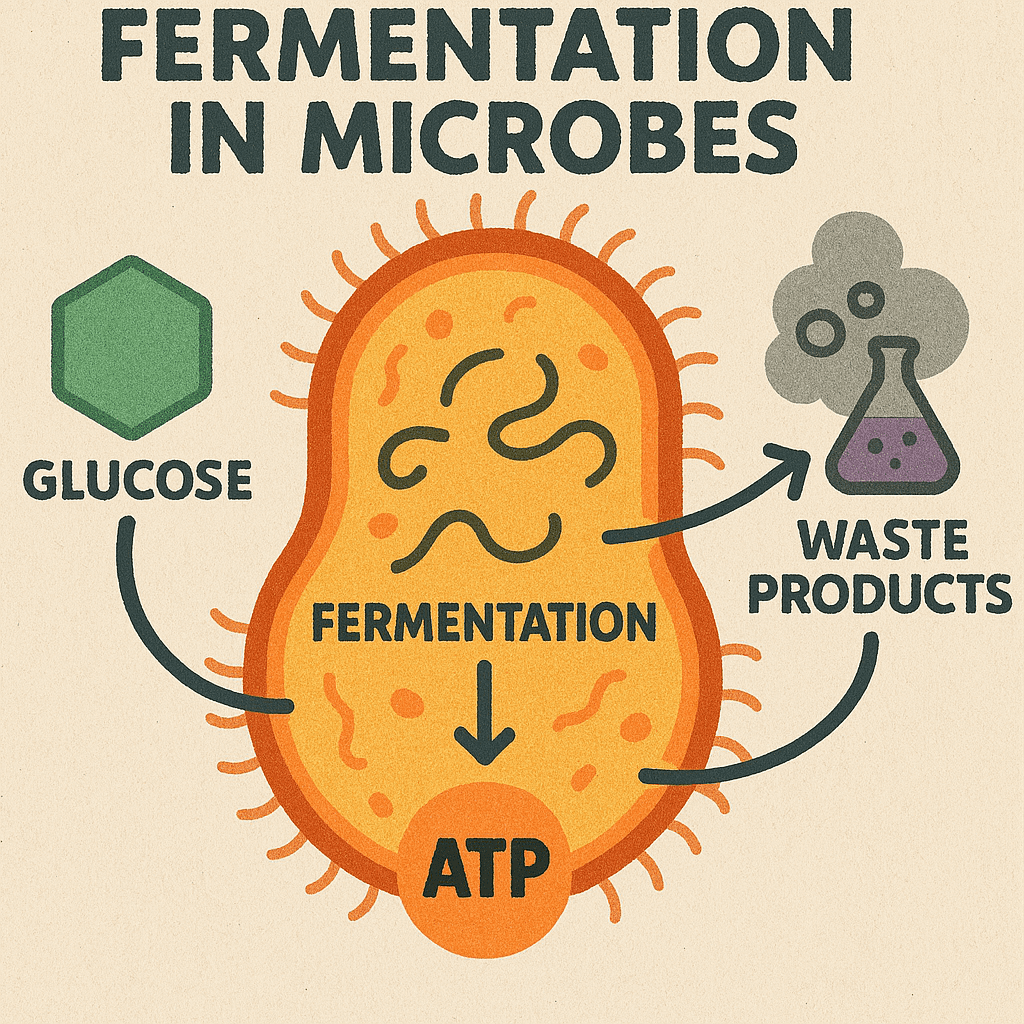Appertization is simply defined as the heat-treatment of food at certain temperature levels that inhibit or kill pathogenic microorganisms present in the food. Unlike pasteurization which uses temperatures below 100oC to kill microbes in food, appertization (which was discovered by Nicolas Appert in the 18th century) is generally a food preservation technique that is used to heat food at temperatures of 40oC which is lower than that used in pasteurization. In appertization, foods or food products are exposed to varying low temperatures and time which makes the food microbiologically fit for consumption.
Food products are heated at this temperature in containers or cans in order to bring the microbial load in the food to levels that are generally safe for human consumption. Appertized food or food products are not necessarily sterile but they have been so treated at temperature levels that significantly reduce or limit the possibility of microbial growth in the food product during storage. This process of appertization is used in food industries such as in canning to produce canned food products.
The rationale behind appertization is based on the fact that viable organisms that survive during processing will not be able to grow under normal storage conditions; and these organisms will be below certain levels after a particular temperature (e.g. 40oC) is applied to the food and at a specific time period during its processing. However, appertization can still be carried out at high temperatures (e.g. above 100oC) for some food products.
High-temperature short time (HTST) is applied in both pasteurization and appertization techniques to destroy pathogenic and spoilage microorganisms present in foods including the spores of some food-borne pathogens such as Clostridium species. HTST is defined as the heating of milk and other liquid food products at high temperatures and at varying time intervals that can range from seconds to minutes and hours in order to inhibit or kill pathogenic microorganisms and other spoilage microbes present in them.
References
Bushell M.E (1998). Application of the principles of industrial microbiology to biotechnology (ed. Wiseman, A.) Chapman and Hall, New York.
Byong H. Lee (2015). Fundamentals of Food Biotechnology. Second edition. Wiley-Blackwell, New Jersey, United States.
Clark D.P and Pazdernik N (2010). Biotechnology. First edition. Elsevier Science and Technology Books, Amsterdam, Netherlands.
Farida A.A (2012). Dairy Microbiology. First edition. Random Publications. New Delhi, India.
Frazier W.C, Westhoff D.C and Vanitha N.M (2014). Food Microbiology. Fifth edition. McGraw-Hill Education (India) Private Limited, New Delhi, India.
Guidebook for the preparation of HACCP plans (1999). Washington, DC, United States Department of Agriculture Food Safety and Inspection Service. Accessed on 20th February, 2015 from: http://www.fsis.usda.gov
Hayes P.R, Forsythe S.J (1999). Food Hygiene, Microbiology and HACCP. 3rd edition. Elsevier Science, London.
Hussaini Anthony Makun (2013). Mycotoxin and food safety in developing countries. InTech Publishers, Rijeka, Croatia. Pp. 77-100.
Jay J.M (2005). Modern Food Microbiology. Fourth edition. Chapman and Hall Inc, New York, USA.
Lightfoot N.F and Maier E.A (1998). Microbiological Analysis of Food and Water. Guidelines for Quality Assurance. Elsevier, Amsterdam.
Nduka Okafor (2007). Modern industrial microbiology and biotechnology. First edition. Science Publishers, New Hampshire, USA.
Roberts D and Greenwood M (2003). Practical Food Microbiology. Third edition. Blackwell publishing Inc, USA.
Discover more from Microbiology Class
Subscribe to get the latest posts sent to your email.





